
Are You 18 Or Over?
YesOr
No By clicking yes, you certify that you are over 18. By using this website, you agree to our legal disclaimer.605+ Cannabis Strains over 20 Breeders worldwide.
Table of Contents
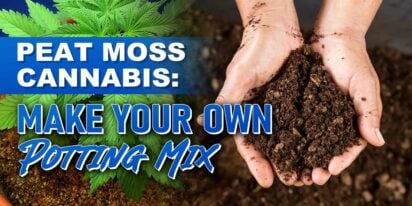
Table of Contents
Peat moss, also known as sphagnum peat moss, comes from plants breaking down in wet places like bogs or swamps. It’s made mostly of partly broken-down sphagnum moss. This makes it great for growing cannabis because it can hold water, help soil breathe, and make roots grow strong. That’s why growers everywhere like using it.
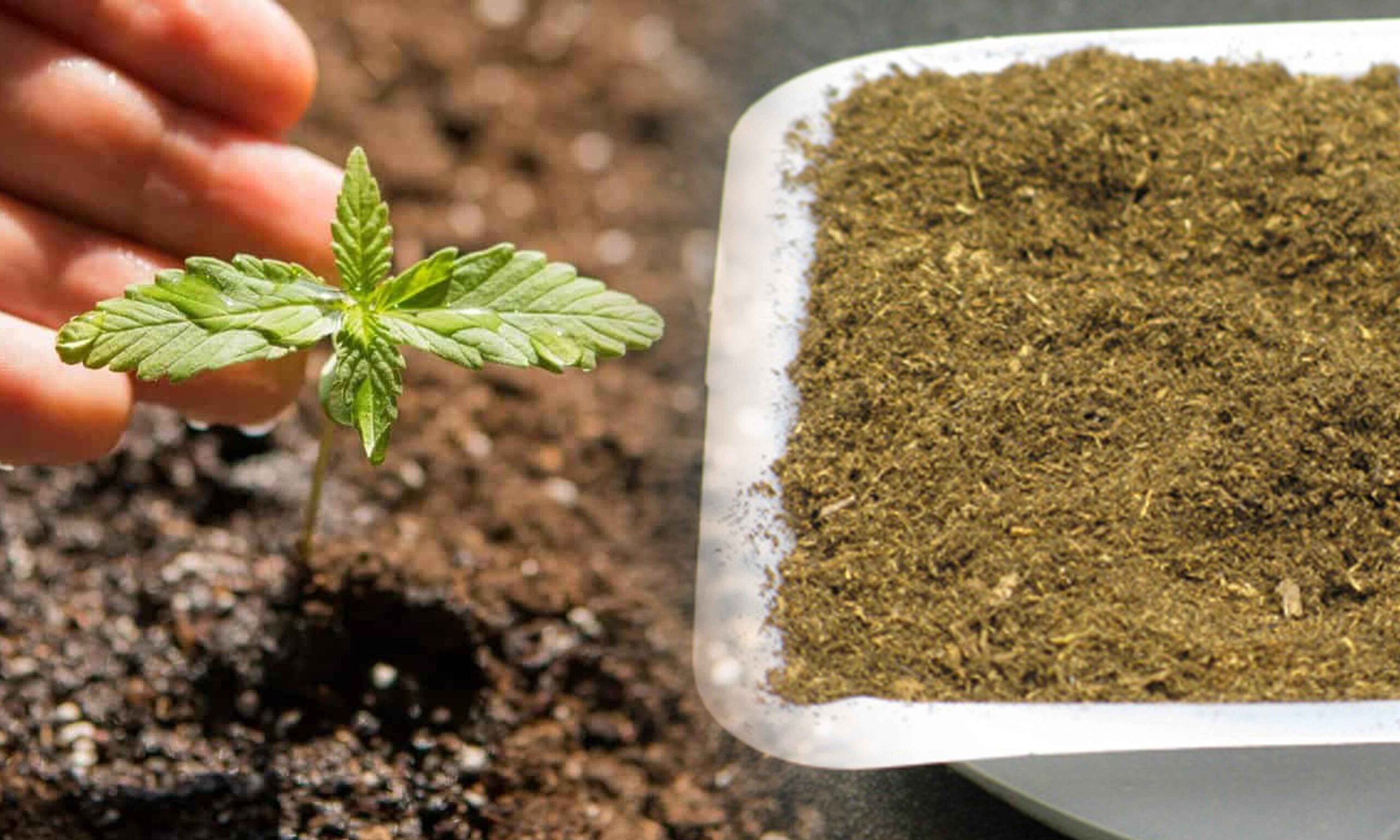
Adding peat moss to your cannabis growing methods can really make your plants better. Whether you’re getting soil ready or making potting mixes, peat moss helps in many ways for cannabis growers. When you’re getting soil ready for planting, mixing peat moss with other natural stuff like compost or perlite can make the soil better for your plants. Also, using potting mixes with peat moss is great for young plants, helping their roots grow well and making them grow better overall.
Even though peat moss is still liked for growing cannabis, there are other options that are more sustainable. One of them is coco coir, which comes from coconut shells and does similar things to peat moss, like holding water well and letting air in. Perlite and vermiculite are other choices used in potting mixes to make soil better without the same worries about the environment that come with peat moss.
Although peat moss works well for growing, using it can cause big environmental problems. Peatlands, where peat moss comes from, are important for storing carbon and protecting different plants and animals. But getting peat moss can mess up these places, making animals lose their homes, letting out carbon, and ruining the soil. Because of this, many growers are looking for other options that are better for the environment, so they can help protect nature.
Peat moss remains a valuable resource for cannabis cultivators, offering numerous benefits for plant health and growth. However, it’s essential to consider its environmental impact and explore sustainable alternatives to ensure the long-term viability of cannabis cultivation practices. By understanding the properties of peat moss and implementing best practices for its use, growers can nurture healthy, thriving cannabis plants while minimizing their ecological footprint.
Q: Is Peat Moss Sustainable for Cannabis?
A: Peat moss usage raises sustainability concerns due to its extraction impact on peatlands.
Q: How Often Should I Water Cannabis with Peat Moss?
A: Water cannabis when the top soil layer feels dry; avoid overwatering.
Q: Can I Reuse Peat Moss for Cannabis?
A: Yes, reuse peat moss by mixing it with fresh soil or compost after harvesting.
Q: What pH Should Peat Moss be for Cannabis?
A: Adjust peat moss pH to 6.0-6.5 for optimal cannabis nutrient uptake.
Q: Are There Any Risks of Using Peat Moss?
A: Risks include environmental impact and potential pathogens or pests.
Q: How Much Peat Moss Should I Use for Cannabis?
A: Use 30-50% peat moss in soil mix; adjust based on pot size and moisture levels.
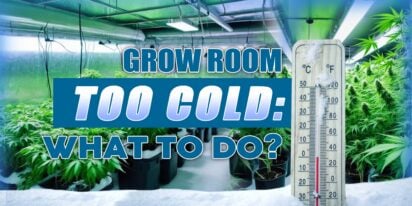
[ez-toc] In indoor gardening, maintaining an optimal temperature within your grow tent is crucial for the health and productivity of your plant

[ez-toc] Welcome to the delightful world of cannafudge crafting, where sweetness meets sophistication, and cannabis infusion adds a unique twis
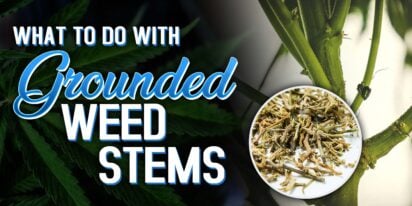
[ez-toc] You’ve finished trimming your weed, but what about those leftover stems? Don’t throw them away! These seemingly useless bits can a

Feeling high can be an exhilarating experience, but it's essential to make the most of it by engaging in activities that enhance the sensation a
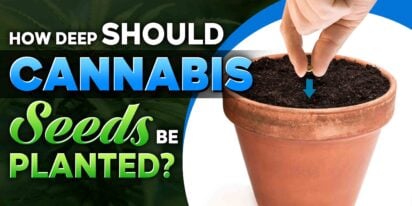
[ez-toc] Starting with planting cannabis seeds might seem simple, but how deep should cannabis seeds be planted for them to grow well. In this
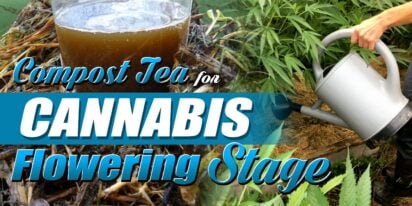
[ez-toc] In the realm of cultivating cannabis, maximizing growth during the flowering stage is a top priority for growers. While various method
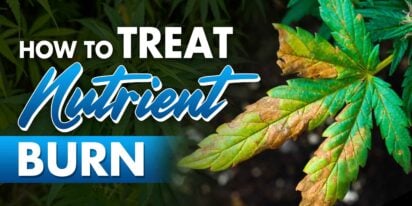
[ez-toc] Nutrient burn is a common issue among plant enthusiasts, often resulting from over-fertilization or improper nutrient application. It
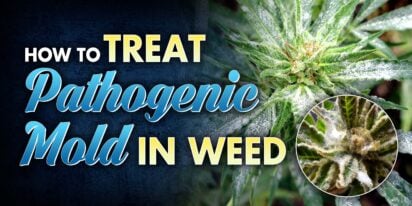
[ez-toc] Welcome to our complete guide to dealing with harmful pathogenic mold in cannabis. For those who grow cannabis, preventing mold is vit

In recent years, there has been speculation about “did Shakespeare smoke weed?” This idea originates from a study by South African anthropol
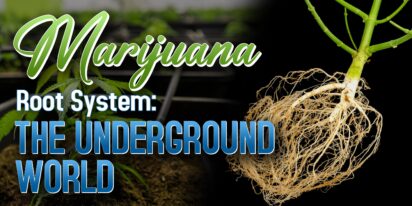
[ez-toc] Welcome to the hidden world beneath the soil – the inside of the marijuana root system. While the vibrant leaves and resinous flower

Are You 18 Or Over?
YesOr
No By clicking yes, you certify that you are over 18. By using this website, you agree to our legal disclaimer.